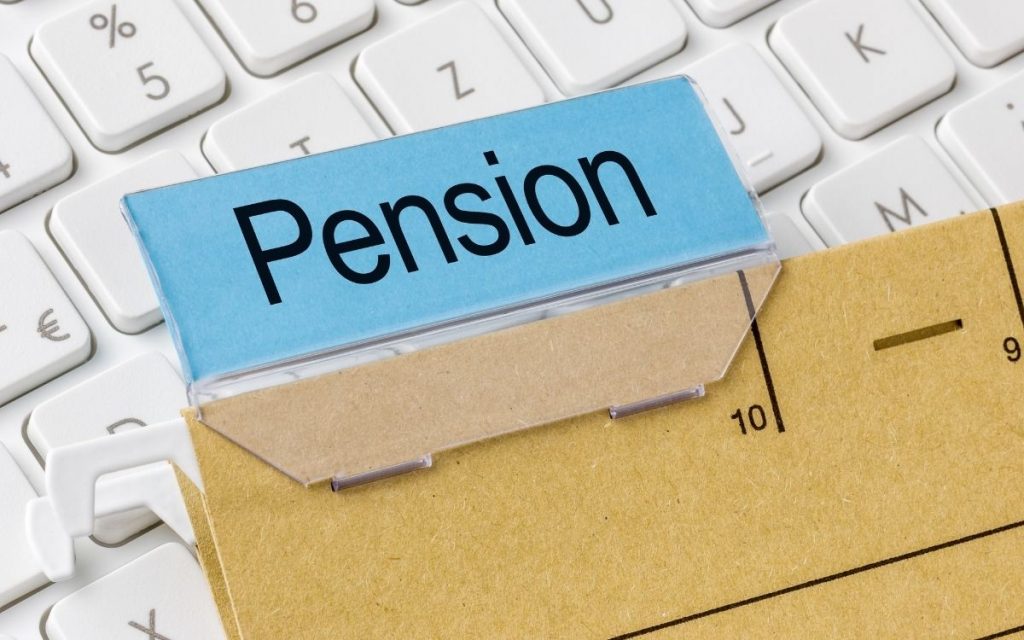Teachers play an extremely important role in American society. They are responsible for teaching our children and preparing them to enter the world as adults. There is no doubt that teachers work hard, and often spend their own money to help their students and buy things for their classrooms. As with us all, teachers get older with each passing year and eventually choose to retire. Thinking about my own retirement plans made me wonder how it works with our education system: do teachers get Social Security?
Whether or not teachers get Social Security depends largely on the state they are teaching in. There are 15 states where teachers do not get Social Security and do not pay any Social Security taxes. Teachers in these states participate in a separate pension plan sometimes called the Teacher’s Requirement System. Teachers in other states may be eligible for some Social Security benefits, but it varies by state and by the school district.
The 15 states where teachers are not eligible for Social Security are:
- Alaska
- California
- Colorado
- Connecticut
- Georgia (some school districts)
- Illinois
- Kentucky (some school districts)
- Louisiana
- Maine
- Massachusetts
- Missouri
- Nevada
- Ohio
- Rhode Island (some school districts)
- Texas
What Is Social Security and the Social Security Act?
Social Security was established in 1935 when President Franklin Roosevelt passed the Social Security Act. This was part of President Roosevelt’s New Deal domestic program, which also included establishing the first unemployment insurance programs and other social services. Most other industrial nations already had some kind of social security program by this point, and the US was racing to catch up and bounce back from the Depression of the early 1930s.
The purpose of the Social Security program is to prevent cases of extreme poverty in the elderly who were no longer working. The program is funded by payroll taxes so that those who are currently employed are actually paying for the Social Security benefits that are collected by those who are currently retired.
Social Security taxes are collected by the individual states and are paid by both the employers and the employees who work in that state. Social Security benefits are based on how much a person paid into the system over the course of their working lifetime. Employees must meet minimum lifetime employment thresholds in order to receive Social Security benefits.
Although the primary purpose of the Social Security Act was to provide monetary benefits to the elderly, other constituents also received benefits. These constituents included people who lost their jobs (unemployment insurance), single-parent families, children, and the blind. The Social Security Act also established an oversight board to oversee the whole process and a special Federal Reserve account to handle all of the monetary aspects.
What Other Laws Impact Social Security Eligibility for Teachers?

There are two other laws that impact Social Security eligibility for teachers (and other government employees): the Windfall Elimination Provision and the Government Pension Offset. Both of these were enacted to combat the idea that teachers could “double-dip” by receiving both Social Security and pension plan retirement benefits.
These teachers would have received Social Security benefits by working a second, non-teaching job over the course of their careers. While working at these jobs, they contributed to the Social Security system by paying specific Social Security taxes.
The Windfall Elimination Provision
The Windfall Elimination Provision (WEP) was established in 1983 and impacts teachers who paid into the Social Security System when they were working a different non-teaching job. These teachers may have worked this job before or after their teaching career. While working these non-teaching jobs, they did pay into the Social Security system through Social Security payroll taxes. WEP only affects teachers based on their own work history and has no bearing on spouse or survivor benefits.
The WEP reduces the amount of Social Security benefits these teachers receive upon retirement. Even though they have paid into both the Social Security and the pension systems separately, their Social Security benefits are still reduced. The actual amount of the reduction depends on how much of a benefit had been earned and the age of retirement.
It can be a challenge to determine the actual impact of the WEP on a person’s expected Security Benefit, but teachers can find an estimate by using the WEP calculator on the Social Security Administration’s website.
The Government Pension Offset
The Government Pension Offset (GPO) of 1977 affects spousal survival and dependent benefits. The GPO comes into play if a person receives a pension from a government job, such as teaching, and did not pay Social Security taxes while they had that job. This causes their spouse, widow, or widower Social Security benefits to be reduced by two-thirds of the amount of the government pension.
GPO affects benefits as a survivor or spouse only; it does not affect benefits from work performed directly by a teacher. Here’s an example of how the GPO works.
A teacher has a monthly pension of $1,200 from their state’s pension program (NOT from Social Security). Two-thirds of that amount, or $800, will be subtracted from their spousal or survivor Social Security benefit. So if the original spousal or survivor Social Security benefit was $1,000, $800 would be subtracted leaving only $200. This teacher would thus receive their own pension of $1,200 per month plus the adjusted spousal/survivor Social Security benefit of $200 per month.
What Is the Teacher’s Retirement System?
In states or districts where teachers do not pay into the Social Security system, their retirement benefits are instead created by a separate Teacher’s Retirement System (TRS). (Example: Texas TRS) The TRS can also be referred to as a pension, and the name for specific retirement programs vary from state to state.
With a pension plan, teachers and their employers’ deposit set amounts of money into a pension account. This money is intended to be paid out when the teacher retires, and can’t be accessed until then. Money in a pension plan is vested, meaning it’s not fully available until the teacher has worked a set number of years. If they were to quit teaching before the money is fully vested, they may be able to transfer it to another retirement account. However, in some cases, money that has not been fully vested will be lost when the teacher leaves their job.
One benefit of having a pension plan is that you know in advance how much money you will receive each month after retirement. That amount is set and guaranteed by the pension plan. The longer that a teacher works, the more money they will receive each month when they retire.
How Do Teachers Calculate Their Pension Plan Payments?

There are three different factors that determine the amount of money a teacher will receive from their pension plan upon retirement: years of service, final average salary, and their state’s pension multiplier.
Years of Service
Years of service is the number of years a teacher worked and is typically calculated at the state level. If a teacher worked in the same state for all of their years of service, then all of those years are counted, even if they worked at multiple schools within the state. Some states have a penalty for early retirement which is placed on teachers who retire with less than 30 years of service or before they turn 60 or 65 (the exact number varies by state). Most teachers work for between 30 and 35 years, so those numbers are often used when estimating the future payout of pension plans.
Final Average Salary
The final average salary looks at the last three or five years (depending on the specific state) and averages out the annual salary received in those years. It can be a challenge to estimate what those final average salary numbers can look like when a teacher is still early in their career. The Human Resources department within a teacher’s school district may be able to provide average salary bands based on years of service to help determine what these final salary numbers may look like.
An additional factor for teachers is that their salary may increase if they obtain further education, such as a Master’s Degree. Most school districts pay more for teachers with graduate-level education, so earning a higher degree could substantially increase the potential to earn wages in a higher salary band. Other ways that teachers can earn more money than their base annual salary is by taking on additional responsibilities at the school, such as coaching, tutoring, or subbing for other teachers.
State Pension Multiplier

The last piece of the puzzle for determining a teacher’s final pension payout is their state’s individual pension multiplier. This multiplier can also be called an “accrual rate” or “crediting rate.” This number is multiplied by the years of service the teacher has. This amount is then multiplied by the final average salary to determine the final pension payout per year. Most states use a pension multiplier that’s between 1% and 3%.
Let’s show an example of how a teacher’s final pension payout can be calculated with these three numbers.
Our example teacher has worked for 30 years, with a final annual salary of $80,000. Their state uses a pension multiplier of 2%.
30 x 2% x $80,000 = $48,000.
This teacher will receive a pension of $48,000/year for the remainder of their life.
Related Articles




